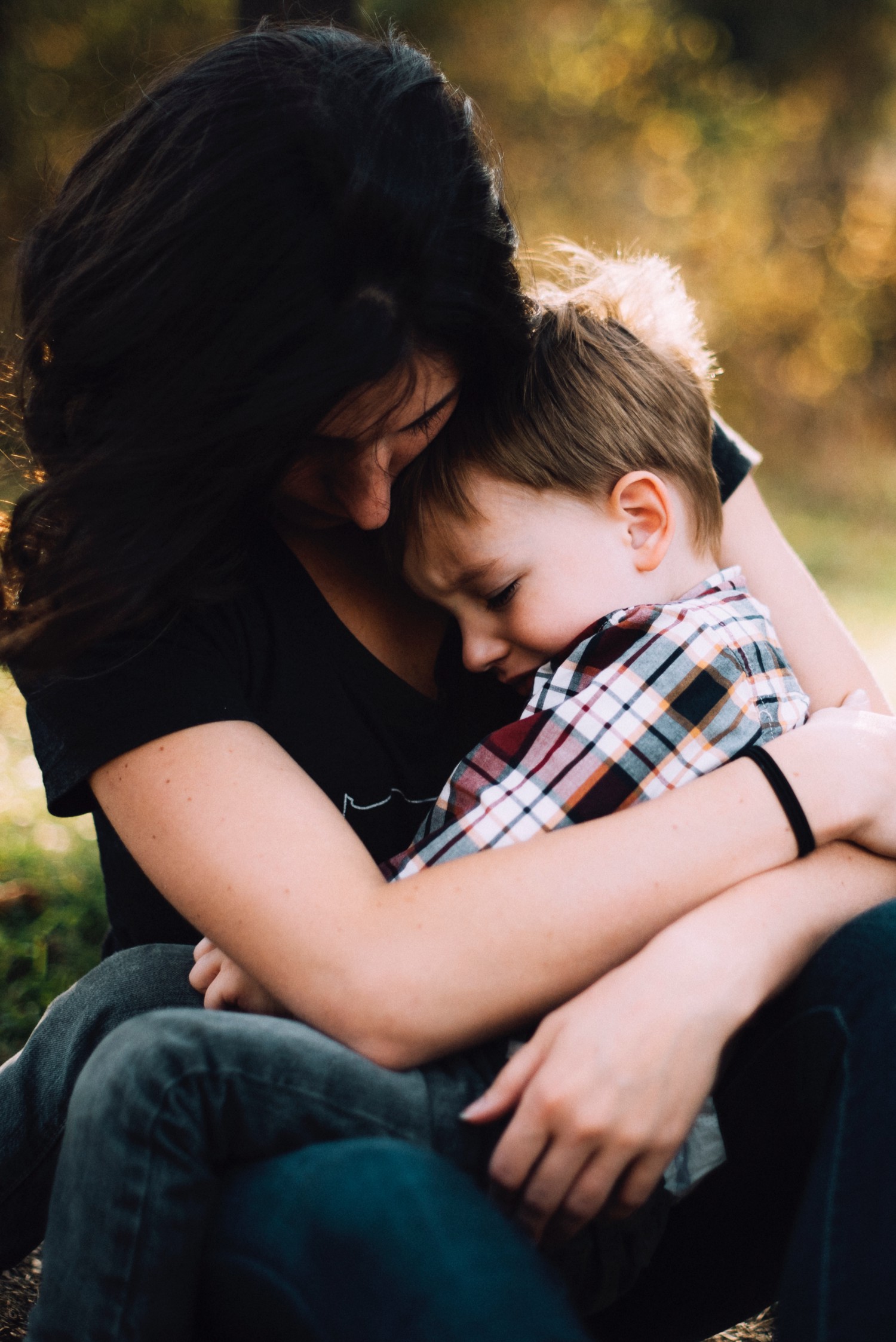Life can be dangerous. Daily, my toddler reminds me of this, her existence chock full of bruises, scrapes, and falls. And the experience of pain is not limited to childhood; we each experience wounds, whether physical or emotional, as a part of what it means to be human, throughout the span of our lives.
Lately, I’ve been struck by the dramatic difference between how I treat my daughter’s pain and how I treat my own. When she takes a spill or slams her tiny finger in a drawer, I pull her close and kiss the places where it hurts. I tell her I love her, that I’m sorry that she got hurt, that she is safe now. I encourage her to “give it some love,” to try to teach her the practice of self-compassion. And I hold her until she is ready to get down, on to the next adventure.
All parents have unique responses to their children, and this is mine. I want her to know that her pain is seen and that she is not alone in experiencing it, and I want her to practice responding to her own pain with a gentle pause and a lot of kindness. My goal in responding this way is not merely to stop her from crying or to distract her from her experience; it is to help her learn how to hold it.
I realize, however, how rarely I give myself the same kindness. When I clumsily bruise my hip on a sharp table or stub my toe on one of about a million toys lying around my house, I respond in one of several ways. Sometimes, my response is anger, at myself for moving too quickly or at whoever must have moved that table into my way. Other times, my response is shame, wondering how I could still be so clumsy; this response tends to pop up when others have witnessed my awkward self-inflicted injury and arises out of a fear of being judged. And sometimes, I respond by trying to ignore the pain, pretend it didn’t happen, move on and try not to let anyone see the tears that are welling up in my eyes.
Why is it so hard to respond to our own pain with compassion and love? How do we release the feelings of anger and shame and avoidance, feelings that add to our experience of suffering rather than soothing it? I will never forget the first time I sat with a beloved Buddhist teacher of mine, Frank Ostaseski, who shared about his recent shoulder injury. Whenever the pain arose in his shoulder, instead of being bothered or angered or pushing it away, he told us, he sent his shoulder love and kindness. He sent wishes for healing and ease. And in doing so, his experience shifted from suffering to a compassionate, mindful observation of his pain.
When we experience pain, whether something as benign as a stubbed toe, or something as profound as a broken heart, we can choose the stance with which we face it. We can choose to allow our anger or shame to arise, or we can choose to bring those thoughts into our awareness, let them go, and hold our pain in a different way. A different way that is full of kindness, full of gentleness, full of acknowledgement of our suffering and of the ways in which our individual experience of pain connects us to the pain of every other human being on our planet.
Let’s choose to hold ourselves in our pain just as we choose to hold our children: with love and genuine compassion and a desire for safety and well-being and wholeness. With kisses.
Originally published at medium.com


